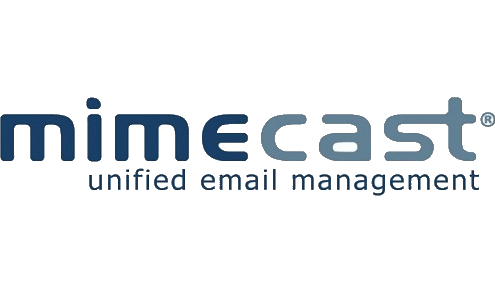Who are mimecast?
- laura
- July 11, 2018
- Delivery improvement
Mimecast is a filter primarily used by businesses. They’re fairly widely used. In some of the data analysis I’ve done for clients, they’re a top 10 or top 20 filter.
Earlier today someone asked on Facebook if mimecast may be blocking emails based on the TLD. The short answer is it’s unlikely. I’ve not seen huge issues with them blocking based on TLD of the domain. They’re generally more selective than that.
The good news is mimecast is really pretty good about giving you explanations for why they’re blocking. They’ll even tell you if it’s mimecast related or if it’s a specific user / user-company block.
Some example rejection messages from a recent dive into some bounce logs.
- Administrative prohibition – envelope blocked – https://community.mimecast.com/docs/DOC-1369#
- Email rejected due to security policies – https://community.mimecast.com/docs/DOC-1369#
- Envelope blocked – User Entry – https://community.mimecast.com/docs/DOC-1369#550
- Invalid Recipient – https://community.mimecast.com/docs/DOC-1369#
- Message expired -> Open relay not allowed – https://community.mimecast.com/docs/DOC-1369#451
- Rejected by header based Blocked Senders: address@example.com – https://community.mimecast.com/docs/DOC-1369#
- Rejected by header based manually Blocked Senders: address@example.com – https://community.mimecast.com/docs/DOC-1369#
- Remote server returned message denied by administrative policy -> Administrative prohibition – envelope blocked – https://community.mimecast.com/docs/DOC-1369#550
- spamcop.mimecast.org Blocked – see http://www.spamcop.net/bl.shtml?10.10.10.10. – https://community.mimecast.com/docs/DOC-1369#550
If you look at the page linked to you can see that there is a huge amount of flexibility in how and who can block mail using mimecast. Mimecast itself can push filters, local administrators can filter mail for the particular domain they manage, and individual users can set up filters. And, users seem to take advantage of that.
Dealing with a mimecast block involves figuring out who is responsible for the block. Luckily, the mimecast rejection messages and documentation give clues as to whether it’s the local administrator configuring the policy or if it’s the end user. In most cases it’s not actually mimecast blocking the mail.
Mimecast provides tools and an interface to manage incoming mail, but does not actually push out rules like many of the other appliances. That’s good and that’s bad. It’s good because you don’t have a 3rd party making delivery rules for different businesses. It’s bad because once a company administrator gets to the point of blocking specific mail it’s going to be very difficult to convince them to lift that block.
Why? Remember the discussion about productive mail?
Productive Mail: Mail that furthers a business’ goals and supports their underlying business model. Mail can be both solicited and wanted by specific endusers. But, a particular company can decide to block mail simply because they don’t see the mail as beneficial to the overall business. Thus the mail is blocked for being unproductive.
We can assume that employees who have access to create mail blocks in mimecast, and other business filters, have the authority to do so. Which means when you’re looking to get unblocked through mimecast, you’re likely having to convince the very person who blocked you to unblock you.
These types of blocks are distinctly different than negotiating with a consumer ISP or even a filtering company. There is no appealing to engagement or appealing to solicited. The business doesn’t really care about either, all they care about is their employees are working while they’re at work and using corporate resources.
